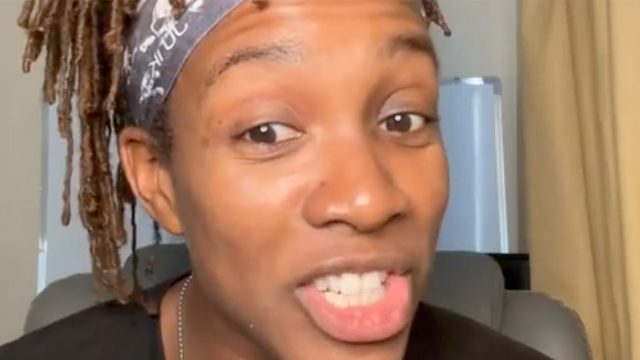4 Common Protein Mistakes Preventing You From Losing Weight

Are you on a high-protein diet for fat loss but can't seem to lose weight? You could be making a common mistake, according to an expert. Cherisse Kozloski is a nutrition coach and personal trainer who helps her clients lose weight and keep it off. In a new post, she discusses some slip-ups that many seem to be making. Most women eating a high protein diet but not losing fat are making these common mistakes," she writes. "Are these mistakes stopping your progress?"
Mistake 1: You Aren't Counting Calories
The first mistake? "Not paying attention to your overall calories," she reveals. "Eating more protein doesn't automatically mean fat loss. If you're not mindful of your portions, you could be consuming more calories than you burn, a surplus is a surplus."
Solution: Measure or Weigh Your Food
How can you correct this? "Weigh or measure your food at least for a little while so you can get a good idea of what a serving size actually is," she suggests.
Mistake 2: Choosing Food Labeled "High Protein
The second mistake people make? "Choosing foods labeled as 'high protein'" she says. "Many foods labeled 'high protein' actually aren't."
Solution: Calculate Yourself
Her solution? Do your own calculations. "Remember the 10/1 rule for every 100 calories you want to get at least 10 grams of protein to be considered high protein," she says.
Mistake 3: Skipping Healthy Fats
Mistake three has to do with going too low-fat. "Skipping healthy fats," she says. "Avoiding fats completely can leave you hungry, mess with your hormones, and make it harder to stick to your diet."
RELATED: This Is Exactly How to Lose Body Fat This Year
Solution: Eat Healthy Fats
The solution is simple. "Add fats into your diet like avocado, olive oil, and nuts," she says. "But remember they are calorie dense so be mindful of how much you're consuming."
Mistake 4: Eating too Many Processed Foods
The fourth and final mistake? Just because something is high in protein doesn't mean it's good for you. "Eating too many processed foods," is a no-no. "Protein bars and shakes are convenient but often packed with sugar and additives," she says.
Solution: Eat Whole Food Protein Sources
Instead, stay away from packaged foods and shop the grocery store's perimeter. "Focus on whole-food protein sources like shrimp, boneless chicken thighs, and eggs to nourish your body and support fat loss," she says. And if you enjoyed this article, take advantage of these 20 Superfoods for People Over 50.




